✓ Joining us on our Whatsapp Channel: 💬 Explore and Escape!.
Booking through us:
✓ 🏩 🛌 Handpicked Luxury Stays in Budget: Booking.com | Agoda.com
✓ 🍹⛱️ Deals on Private xfers, SIM Cards, City tours, Day trips : 📍🗺️ GetYourGuide | 🛵🧳 Klook
com/landmarks/oceania-landmarks/landmarks-of-australia/”>landmarks in South America, and so are in Venezuela.
Venezuela, a land of spectacular natural wonders, where jagged mountains meet beautiful beaches and dense forests hug sprawling savannas.
From the majestic Angel Falls to the mysterious Cave of the Swallows, Venezuela boasts of some of the world’s most breathtaking natural landmarks.
Each one tells a story of the country’s unique geological history and leaves an indelible mark on the hearts of visitors who witness their awe-inspiring grandeur.
1. Angel Falls
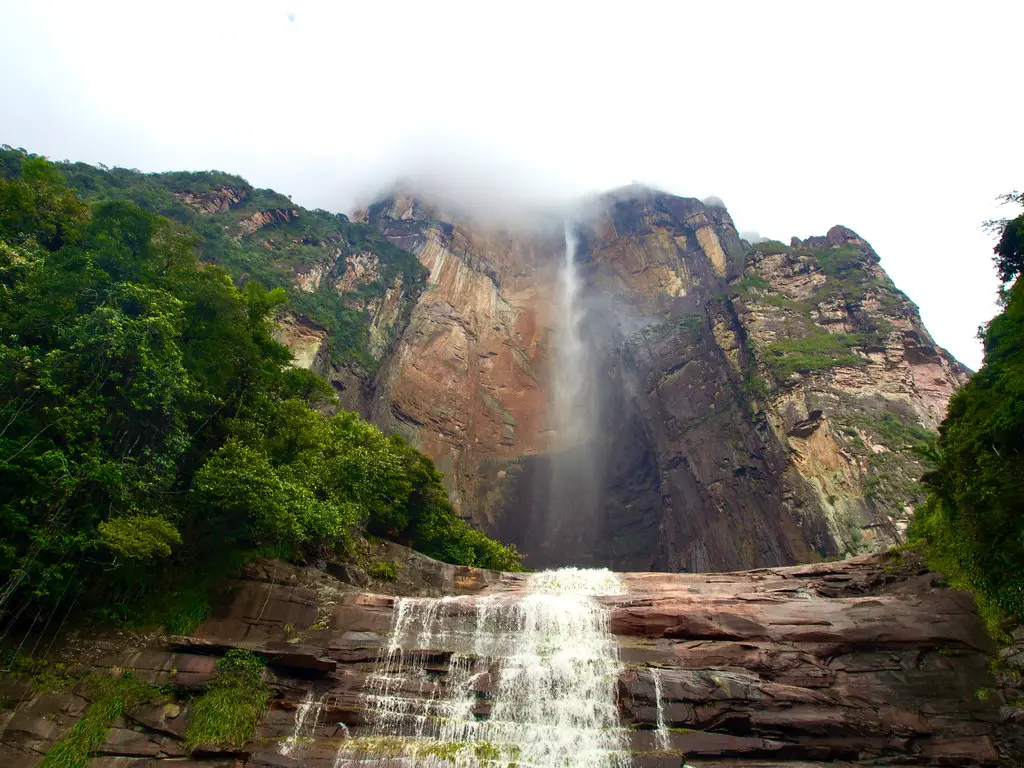
Angel Falls is the world’s highest uninterrupted waterfall, located in Canaima National Park in Venezuela.
What to see or do: Admire the breathtaking views of the cascading water as it falls from a height of 979 meters into the river below.
Visitors can take a boat ride or hike to the base of the waterfall or fly over the falls for a bird’s eye view.
Don’t miss: Watching the sunset over the falls, as the light dances off the water and the mist rises from the base. The sight is truly magical.
Insider travel tips: – The best time to visit Angel Falls is during the rainy season from May to November when the waterfall has the most water and is at its most impressive.
2. Mount Roraima
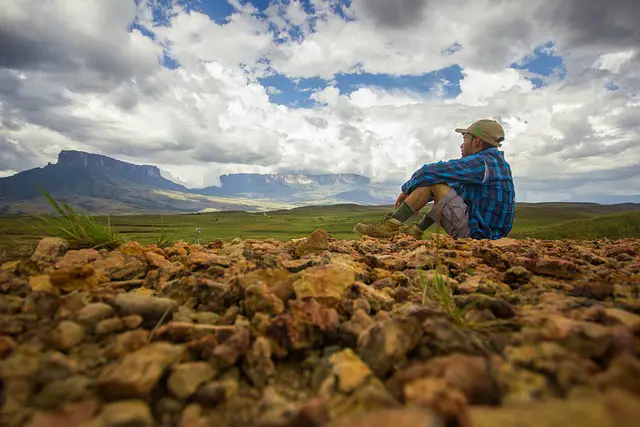
A tabletop mountain located in Venezuela, on the border with Guyana and Brazil.
What to see or do: Trekking to the top of the mountain, surrounded by breathtaking views of the savannah and cliffs, observing unique plant and animal species such as carnivorous pitcher plants and tiny golden frogs.
Don’t miss: Witnessing the stunning sunrise and sunset views from the top of the mountain, and exploring the hidden treasures within the mountain, like crystal-clear rivers, caves, and waterfalls.
Insider travel tips: Make sure to pack enough food, water, and warm clothing since the temperature drops significantly at night. It’s highly recommended to go with an experienced guide since the trail can be challenging and not well-marked.
3. Canaima National Park
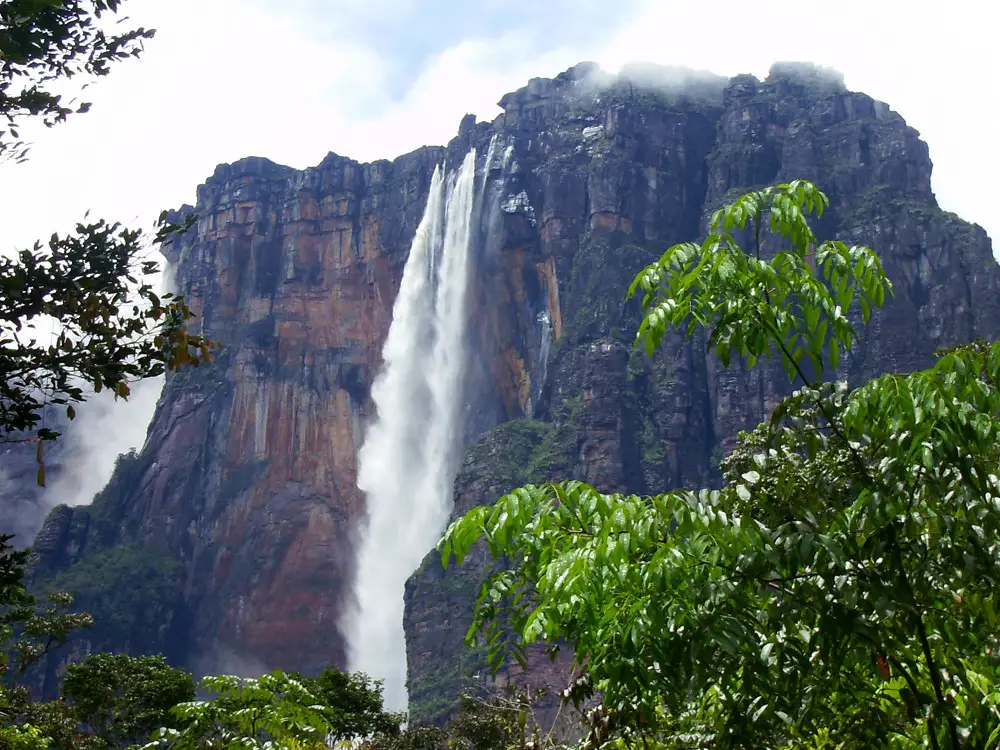
Canaima National Park is a UNESCO World Heritage site and one of Venezuela’s largest national parks, covering nearly 30,000 square kilometers.
What to see or do: Canaima is famous for its spectacular natural wonders, including towering waterfalls, ancient table-top mountains, lush rainforests, and vast wetlands.
Visitors can take boat tours or guided hikes to explore the park’s diverse flora and fauna, swim in crystal-clear lagoons, relax on sandy beaches, or even go on a helicopter tour.
Don’t miss: The most iconic attraction in Canaima is the Angel Falls, the world’s tallest waterfall at an impressive 979 meters. Although it’s difficult to reach, seeing the falls up close is a once-in-a-lifetime experience you won’t forget.
Insider travel tips: It’s best to visit Canaima during the dry season from December to April when the weather is more predictable, and the waterfalls are at their fullest.
Be prepared for heat and humidity, and don’t forget to bring insect repellent and comfortable hiking shoes. You can also support the local Pemon communities by purchasing crafts and souvenirs from the many vendors in the area.
4. Los Roques National Park
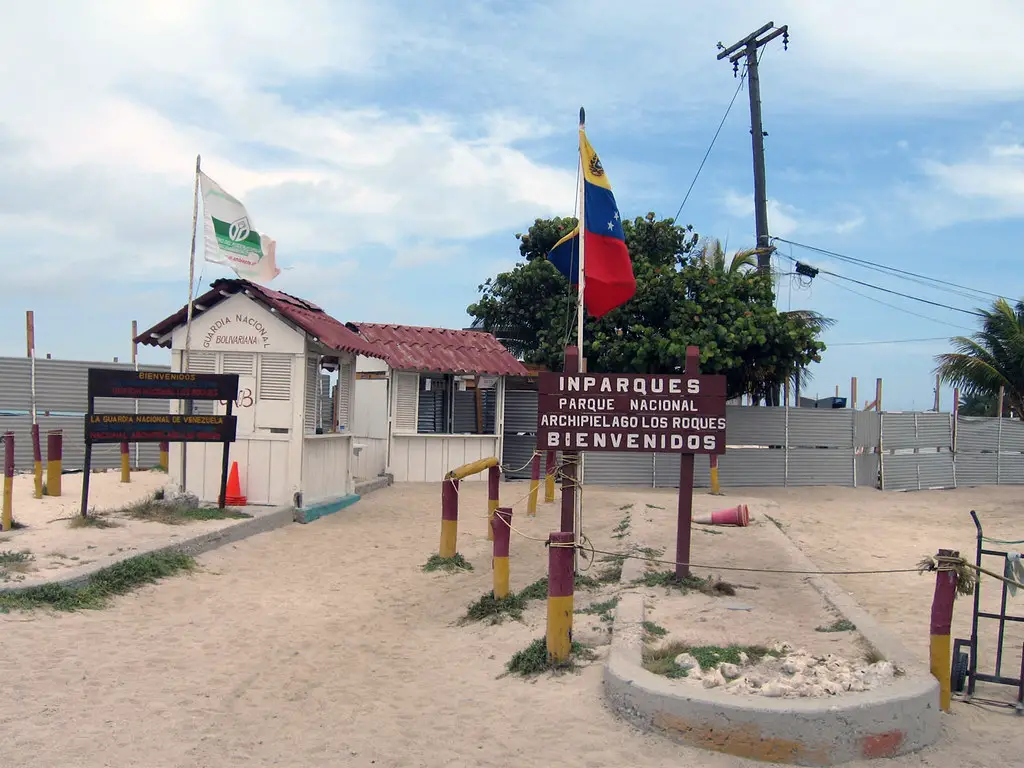
Los Roques National Park is a stunning archipelago located off the coast of Venezuela. It boasts crystal-clear waters, white-sand beaches, and an abundance of marine life.
What to see or do: The main attraction in Los Roques is definitely its beaches, with the most popular being Cayo de Agua and Playa Dos Mosquises.
Snorkeling and diving are also must-do activities here, with the colorful coral reefs and diverse marine life making for unforgettable underwater experiences.
Visitors can also take boat tours to explore the different islands, or go fishing for some of the freshest seafood around.
Don’t miss: The lighthouse on Gran Roque is a popular attraction, providing stunning panoramic views of the islands. You also won’t want to miss out on trying some of the local seafood, including lobsters, clams, and oysters.
Insider travel tips: Bring plenty of cash, as credit cards are not widely accepted on the islands.
Also, be sure to pack plenty of sunscreen and insect repellent, and consider taking motion sickness medication if you are prone to sea sickness.
Finally, be respectful of the natural environment and its inhabitants – Los Roques is a protected area, so visitors should avoid littering or disturbing the flora and fauna.
5. Parque Nacional Mochima

Parque Nacional Mochima is a national park located on the northeastern coast of Venezuela, covering an area of 949 km².
What to see or do: Visitors can enjoy a wide range of activities in Mochima, such as swimming, snorkeling, scuba diving, kayaking, and fishing.
The park is also home to numerous beaches and islands, including Isla de Plata and Isla de Los Pájaros, which can be reached by boat.
Don’t miss: One of the highlights of Parque Nacional Mochima is a boat tour of the different islands and beaches, where travelers can soak up the sun and enjoy the crystal-clear waters.
Another must-see attraction is the underwater cave of La Cueva del Agua, where visitors can go for a refreshing swim.
Insider travel tips: It is recommended to visit Mochima during weekdays to avoid crowds.
Also, be sure to bring plenty of sunscreen and insect repellent, as the park is known for having a large mosquito population.
Additionally, travelers should hire a reputable guide or tour company to ensure a safe and enjoyable experience.
6. Cuevas del Guácharo National Park
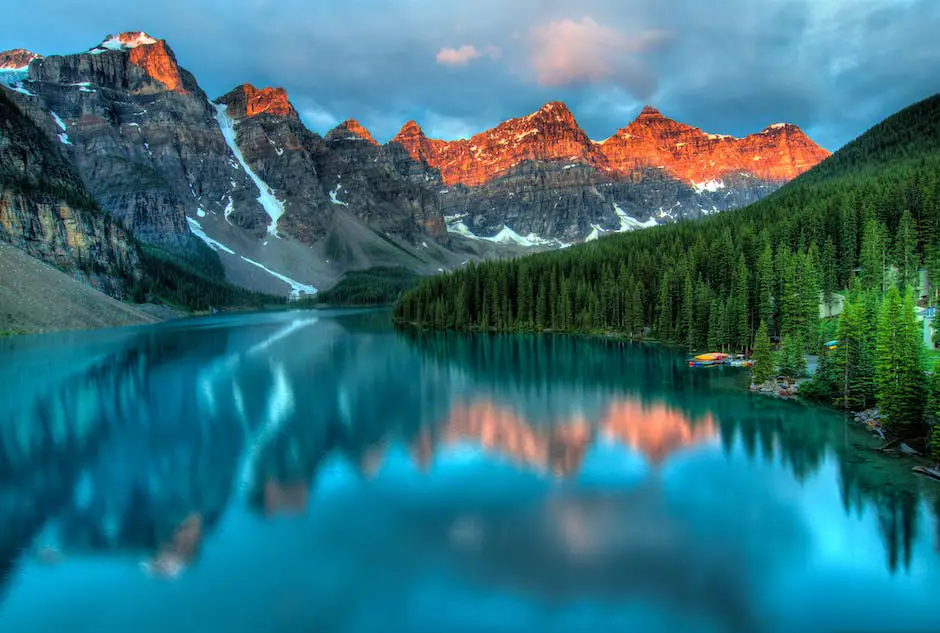
Cuevas del Guácharo National Park is a protected area located in the northeast region of Venezuela. The park is famous for its enormous cave system, which is home to many unique and exotic species.
What to see or do: Explore the Guácharo Cave and witness the spectacular stalactites and stalagmites formations adorning every corner of the cave. Take a boat ride on the underground river that runs through the cave system for a thrilling adventure.
Hike through the jungle trails and take in the stunning views of the surrounding mountains and forests.
Don’t miss: Make sure to visit the Guácharo Bird Observatory, where you can observe and learn about the park’s elusive and endemic bird species.
Visit the park’s museum and learn about the park’s history and biodiversity.
Insider travel tips: Make sure to bring comfortable walking shoes, a flashlight, and insect repellent. The park can get very crowded during peak seasons, so plan accordingly.
It is recommended to hire a local guide to fully explore the park’s wonders. Try the local delicacy of “guácharo” bird meat at one of the park’s many restaurants.
7. Gran Sabana
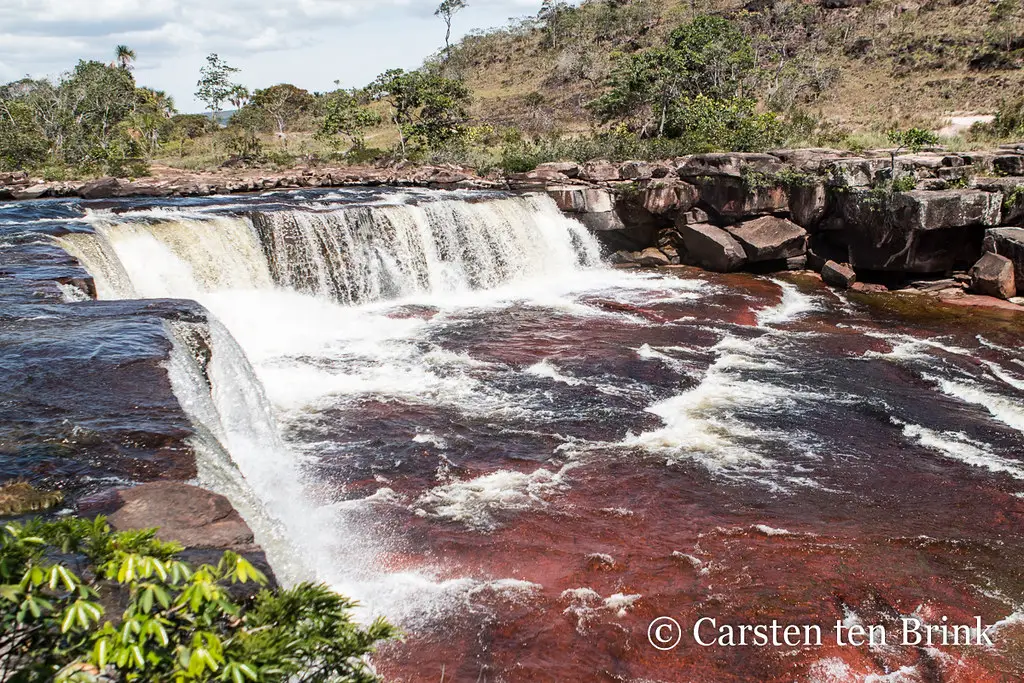
The Gran Sabana is a stunningly beautiful region located in southeastern Venezuela, bordering Brazil and Guyana.
What to see or do: Visitors can marvel at the otherworldly landscapes of the Gran Sabana, which include rolling savannas, towering waterfalls, and stunning tabletop mountains known as tepuis.
Popular activities include hiking, swimming, camping, and wildlife watching.
Don’t miss: One of the most iconic landmarks in the Gran Sabana is Mount Roraima, a massive tepui that straddles the borders of Brazil, Guyana, and Venezuela.
Visitors also won’t want to miss the breathtaking Kukenan Falls, which plummet over 600 meters into a misty canyon below.
Insider travel tips: Be sure to pack layers as the weather in the Gran Sabana can be unpredictable.
It’s also worth noting that many of the attractions in this remote region can only be accessed with a guide, so plan accordingly and do your research in advance.
Finally, try to plan your visit during the dry season (December to March) for the best chance of clear skies and good weather.
8. Laguna de la Restinga
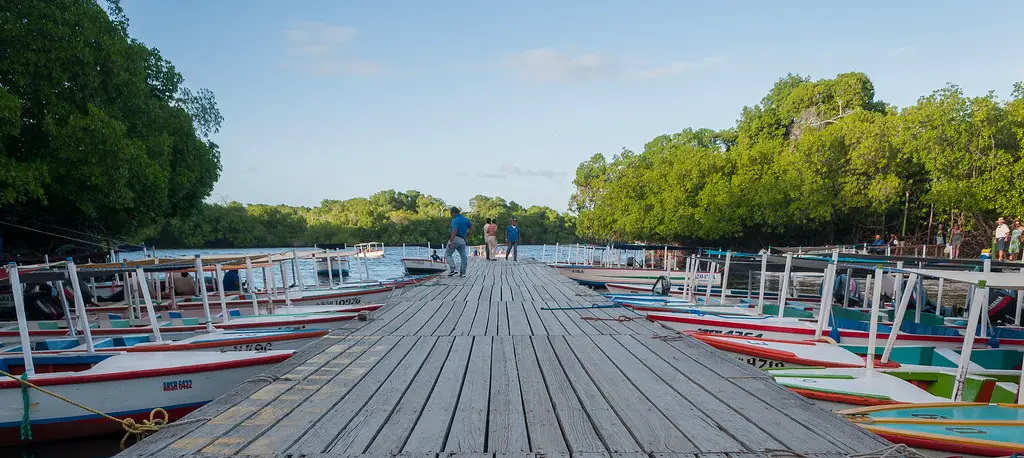
A stunning lagoon located on the island of Margarita in Venezuela.
What to see or do: Explore the crystal clear waters of the lagoon by boat or kayak, admire the lush mangrove forests and stunning birdlife.
Don’t miss: Visiting the nearby beaches of El Agua and Parguito, both known for their beautiful white sands and clear waters.
Insider travel tips: Make sure to bring insect repellent as the area can have mosquitoes.
Plan your visit for midweek to avoid the crowds that come on weekends, and negotiate your boat or kayak rental for a better price.
9. Cueva del Fantasma

A unique cave formation located in the Sierra de Guadarrama mountain range in Spain.
What to see or do: Explore the natural beauty of the cave formation, admire the stalactites and stalagmites and marvel at the stunning underground world.
Don’t miss: The ghostly apparition of a horse which is said to haunt the cave, making it a popular destination for those intrigued by the supernatural.
Insider travel tips: Visitors are advised to bring comfortable walking shoes and warm clothing as temperatures inside the cave can be chilly. Don’t forget to bring a camera to capture the magical moments during the tour.
10. Médanos de Coro National Park
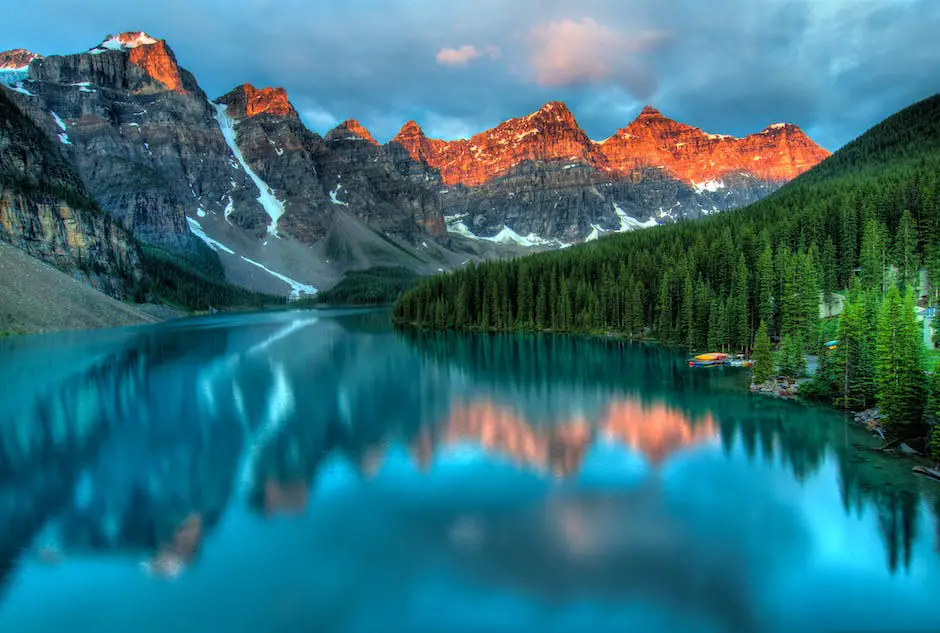
Médanos de Coro National Park is a natural wonderland in Venezuela, home to vast sand dunes that shift and move with the wind.
What to see or do: Explore the stunning landscape on foot or by dune buggy, and be sure to take in the amazing views from the top of the highest dunes.
Climb up the Cerro Guajiro for breathtaking vistas of the park.
Don’t miss: Don’t miss a visit to the historic town of Coro, a UNESCO World Heritage Site known for its stunning architecture, winding streets, and rich cultural heritage.
Insider travel tips: Wear comfortable shoes to climb up the dunes and bring plenty of water. If you’re planning to camp, be sure to bring sturdy stakes to secure your tent in the sand.
11. Ciénagas de Juan Manuel National Park
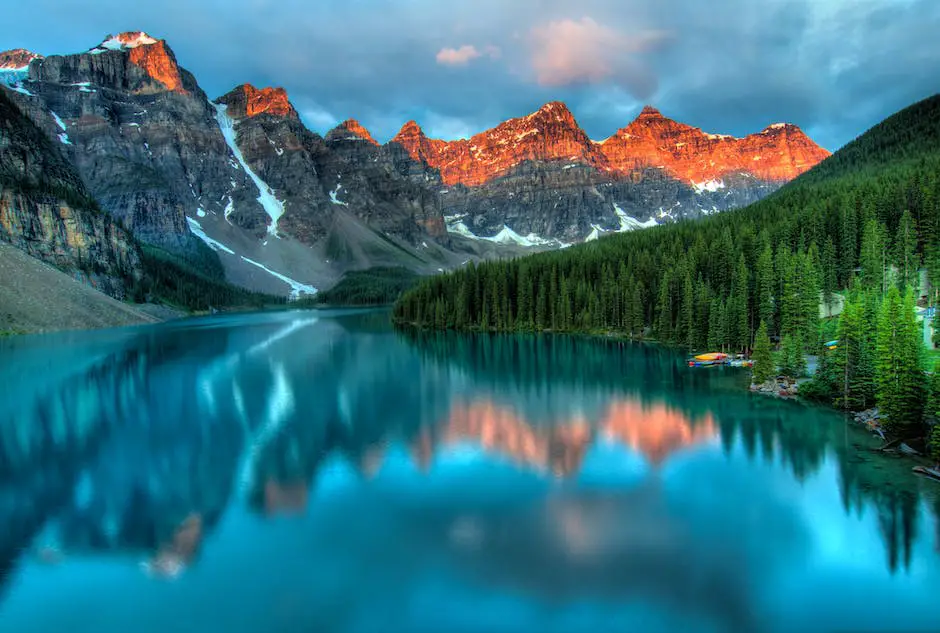
Ciénagas de Juan Manuel National Park is a protected natural area located in the states of Chihuahua and Durango, Mexico.
What to see or do: Visitors can experience the beauty of the park’s wetlands, grasslands, and forests while hiking, camping, fishing, and birdwatching.
Don’t miss: Don’t miss the chance to spot some of the park’s unique wildlife, including the Mexican gray wolf, golden eagle, and pronghorn antelope.
Insider travel tips: Be sure to pack plenty of water and sun protection, as the park’s desert climate can be unforgiving. Additionally, hiring a local guide can enhance your experience by providing in-depth knowledge about the park’s flora and fauna.
12. La Gran Caverna de El Guácharo
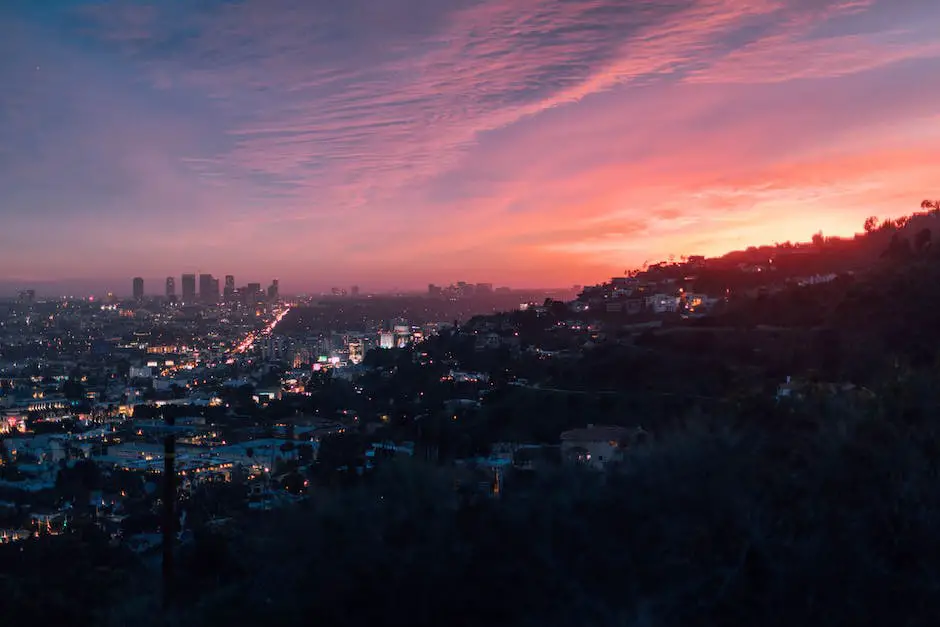
La Gran Caverna de El Guácharo is a limestone cave system located in the state of Monagas, Venezuela.
What to see or do: Visitors can explore more than 10 kilometers of caverns and marvel at the stunning rock formations, underground rivers, and the famous guácharo bird.
Don’t miss: The main attraction is the guácharo bird, which can be seen flying out of the cave only at night. Other highlights include the La Cascada (waterfall) and El Salón de La Paz (Hall of Peace).
Insider travel tips: Be sure to bring a flashlight and wear sturdy shoes for the cave exploration. Also, make sure to book a tour guide in advance and arrive early to avoid crowds.
13. Salto Kama
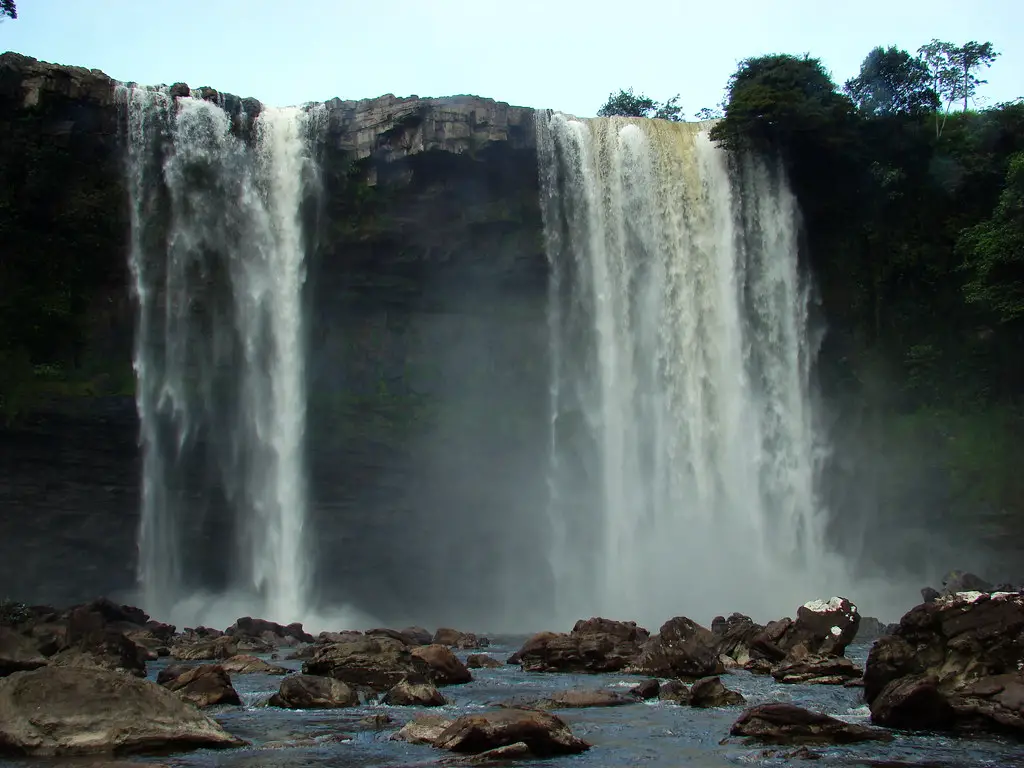
Salto Kama is a beautiful waterfall located in the Amazon Rainforest in Ecuador.
What to see or do: Enjoy the stunning view of the waterfall cascading down from 50 meters and immerse yourself in the natural surroundings of the rainforest.
You can also take a refreshing swim in the natural pool at the base of the waterfall.
Don’t miss: Don’t miss the opportunity to explore the diverse flora and fauna of the Amazon Rainforest on a guided tour. You may spot a variety of birds, insects, and even monkeys.
Insider travel tips: Wear comfortable and sturdy shoes as the hiking trail to the waterfall can be slippery. Consider bringing insect repellent and sun protection as the rainforest can be humid and warm.
You can also visit the waterfall as part of a multi-day jungle tour for a truly immersive experience.
14. Salto Sapo
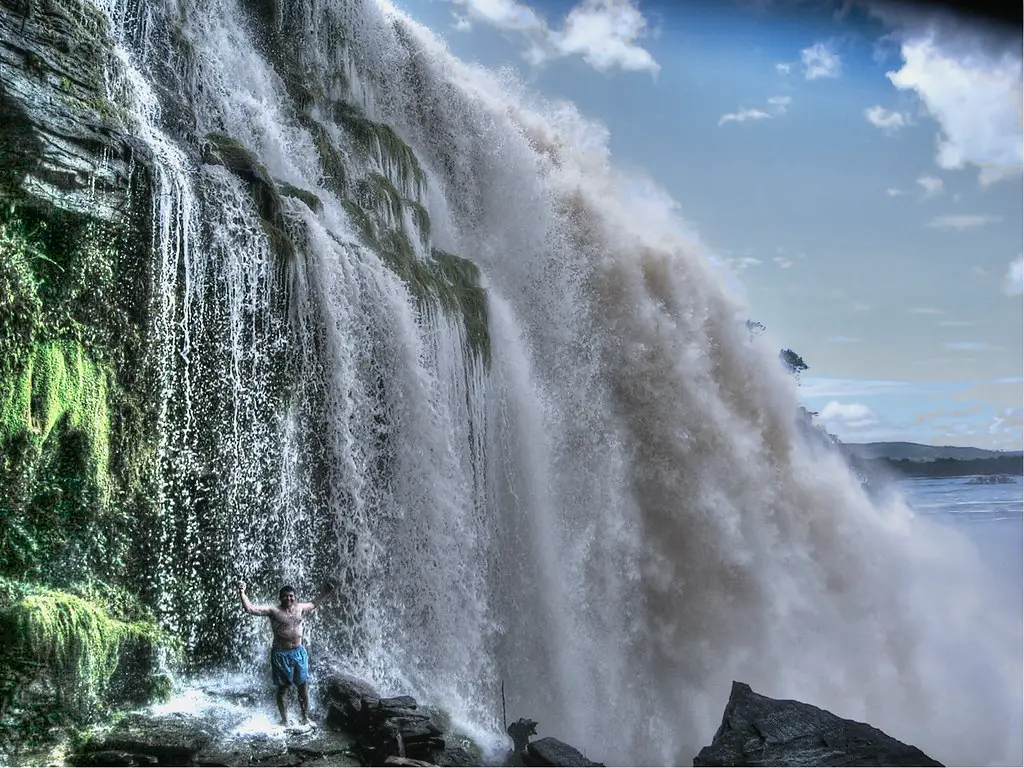
Salto Sapo is a beautiful waterfall located in Canaima National Park in Venezuela.
What to see or do: Visitors can go on a boat tour of the Canaima lagoon to reach the waterfall. Once at the waterfall, visitors can go on a short hike down to the base of Salto Sapo.
Don’t miss: When standing at the base of Salto Sapo, visitors can walk behind the waterfall and even sit in the small pool of water below the waterfall.
Insider travel tips: Be prepared to get wet as the waterfall produces a lot of mist and spray. Wear comfortable clothes and shoes suitable for hiking.
It’s also important to bring insect repellent to protect against mosquitoes.
15. Salto del Buey
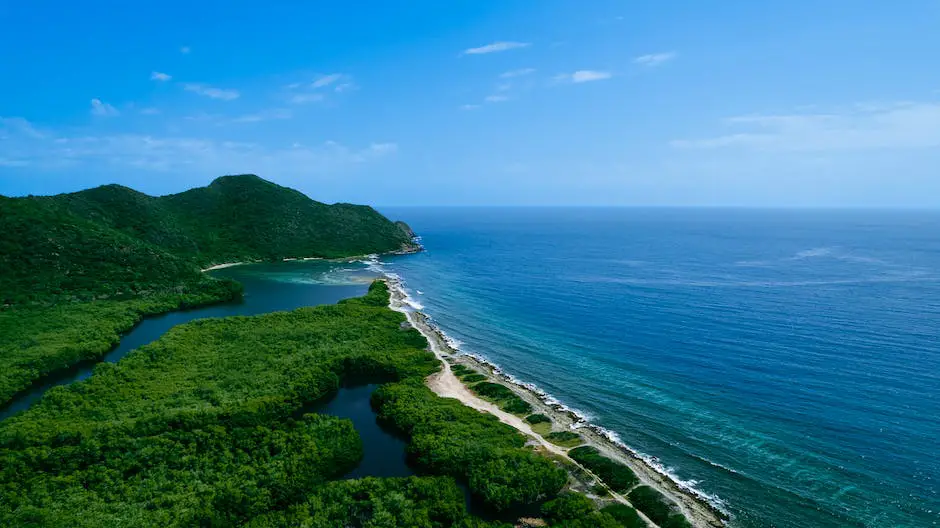
Salto del Buey is a stunning waterfall located in the Sierra de Gata mountain range in western Spain.
What to see or do: Visitors can enjoy hiking trails that lead to the waterfall, allowing them to take in the beautiful scenery along the way.
Once there, you can admire the waterfall, which drops from a height of over 150 feet into a crystal-clear pool below, perfect for swimming on hot summer days.
There are also picnic areas and campsites where visitors can relax while taking in the stunning views.
Don’t miss: Don’t miss the opportunity to hike the trails surrounding Salto del Buey, which offer breathtaking views of the waterfall and the surrounding mountains.
Insider travel tips: – Visit early in the morning or on a weekday to avoid crowds.
16. Puerto Francés
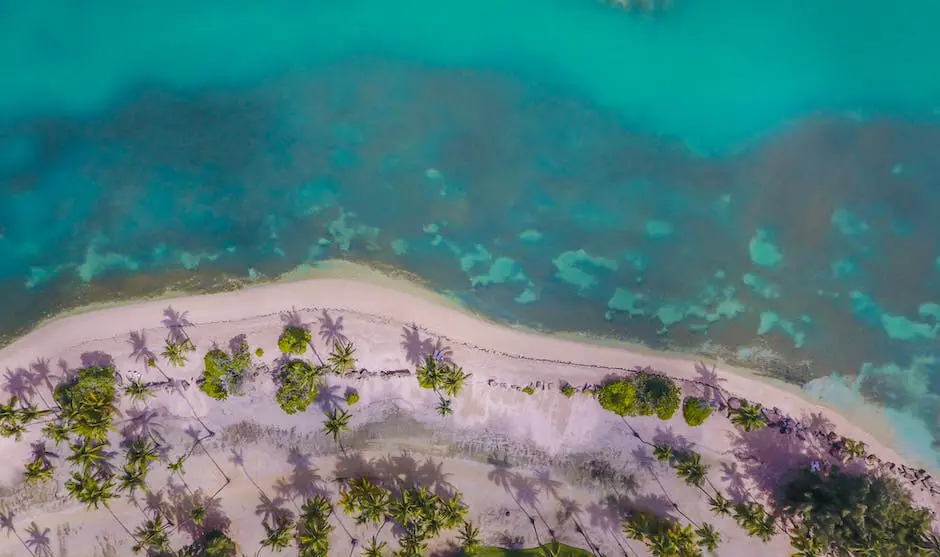
A small fishing village on the island of Robinson Crusoe in the Juan Fernandez Archipelago, Chile.
What to see or do: Enjoy the tranquility of the village and the stunning natural beauty of the surrounding area. Go fishing, kayaking or hiking along the coast or hillsides.
Don’t miss: A visit to the Alejandro Selkirk lighthouse, which offers great views of the ocean and the island. Also, be sure to check out the traditional fishing boats and observe the daily life of the locals.
Insider travel tips: Accommodation options in Puerto Francés are basic, so it’s best to pack your own food and supplies.
The island is part of a UNESCO Biosphere Reserve, so make sure to respect the environment and take any waste with you.
And, don’t forget to bring plenty of sunscreen and insect repellent to protect yourself from the sun and bugs.
17. Pico Espejo
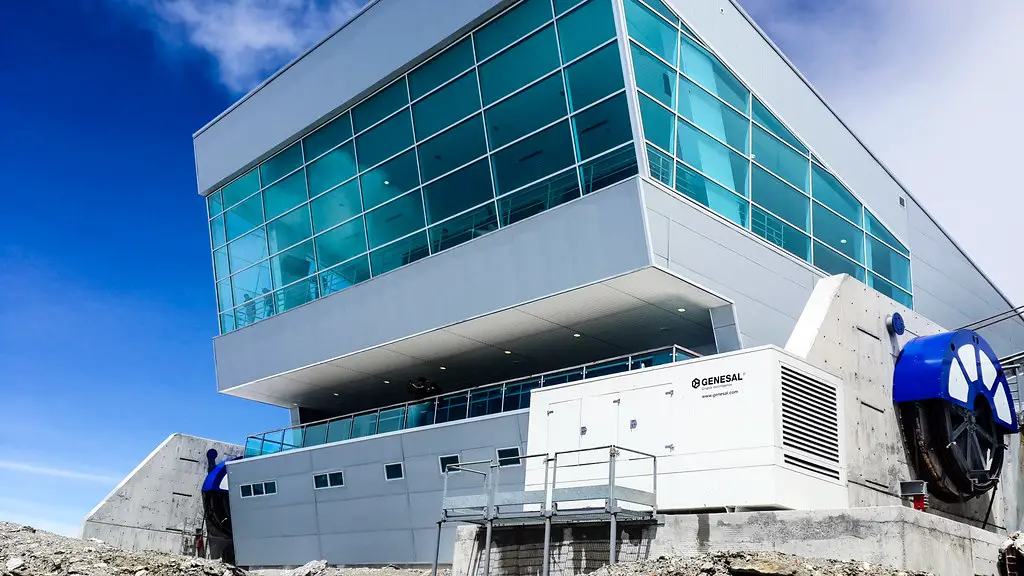
A mountain peak in Venezuela that stands at an elevation of 4,765 meters above sea level.
What to see or do: Enjoy breathtaking panoramic views of the Andean mountains and surrounding valleys. Take a cable car ride from Mérida to the peak, passing through stunning landscapes.
Don’t miss: A visit to the Chapel of Our Lady of Guadalupe at the summit of Pico Espejo. This scenic little chapel is a beautiful spot to take in the views and snap some photos.
Insider travel tips: It’s important to acclimatize to the altitude before visiting Pico Espejo as it can lead to altitude sickness.
Also, be prepared for sudden changes in weather and carry warm clothing as the temperature can drop significantly at the peak.
The cable car ride from Mérida to Pico Espejo is one of the highest in the world, making it an adventure of a lifetime.
18. Pico Humboldt
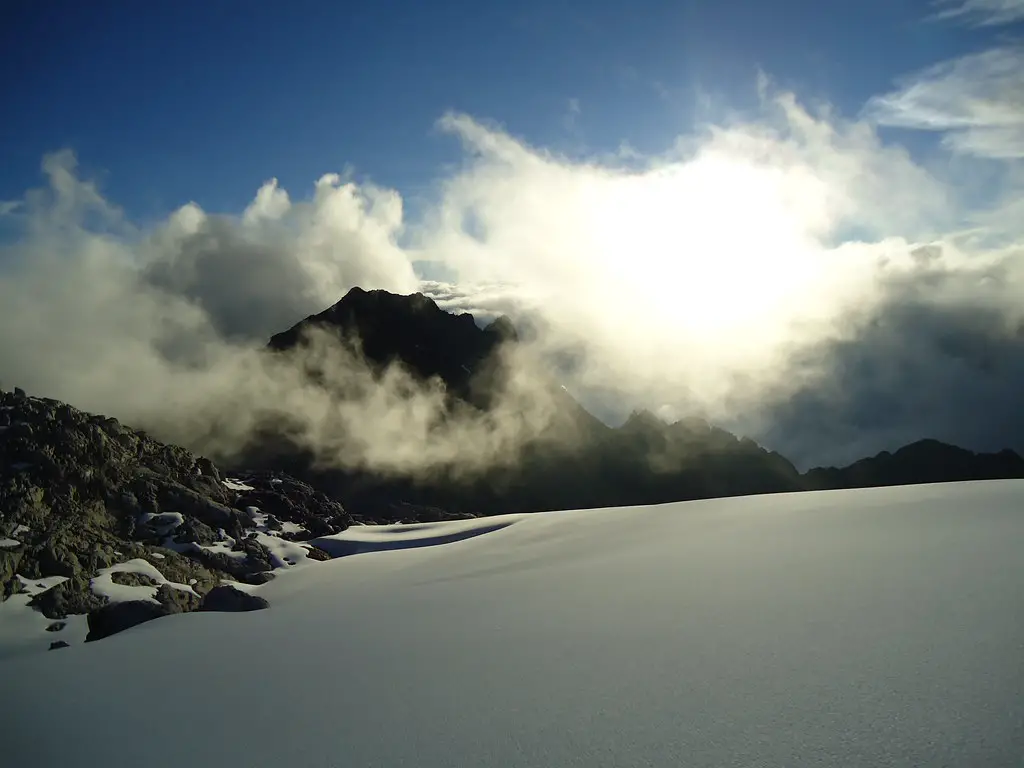
Pico Humboldt is the second-highest peak in Venezuela and one of the highest in South America, standing at 4,940 meters (16,207 feet) above sea level.
What to see or do: Visitors can embark on a challenging but rewarding trek up the mountain, passing through stunning Andean landscapes, including lush forests, crystal-clear rivers, and imposing rocky formations.
The ascent requires proper preparation and acclimatization, but the stunning panoramic views from the top make it all worth it.
Don’t miss: The iconic mountain peak and the breathtaking vistas from the summit, which include snow-capped peaks and cloud forests stretching all the way to the Caribbean coast.
Insider travel tips: – The hike to Pico Humboldt is physically demanding and requires previous mountain hiking experience. Proper gear and acclimatization are crucial.
19. Pico BolÃvar
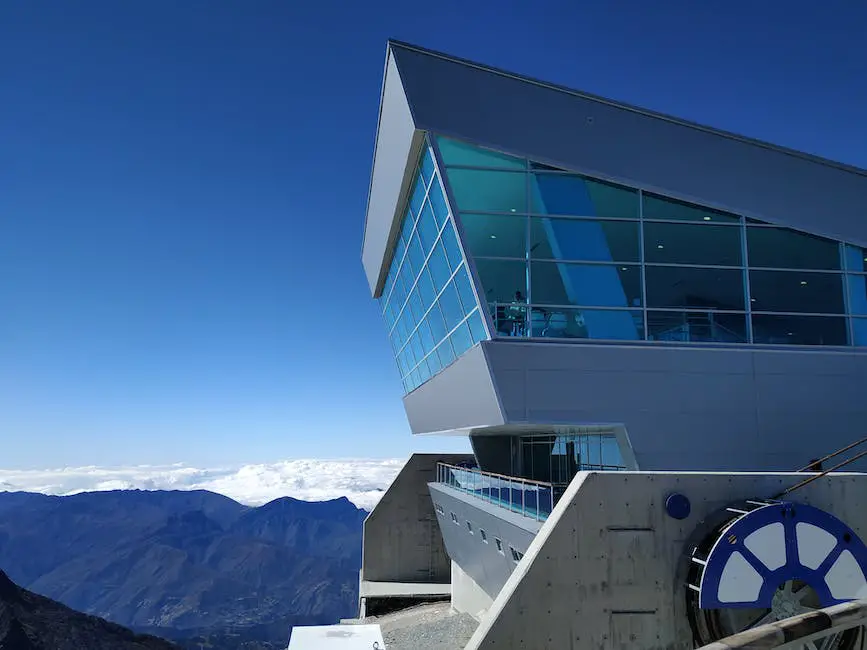
Pico Bolívar is the highest mountain in Venezuela, located in the Sierra Nevada National Park.
What to see or do: Hiking to the summit of Pico Bolívar is a popular activity for outdoor enthusiasts, as it offers breathtaking views of the surrounding landscapes.
Don’t miss: Don’t miss the opportunity to witness the sunrise or sunset from the summit of Pico Bolívar for an unforgettable experience.
Insider travel tips: It is recommended to hire a local guide for the hike, as the terrain can be challenging. Make sure to pack warm clothes and appropriate gear, as the temperature can drop significantly at higher altitudes.
20. Parque Nacional San Esteban
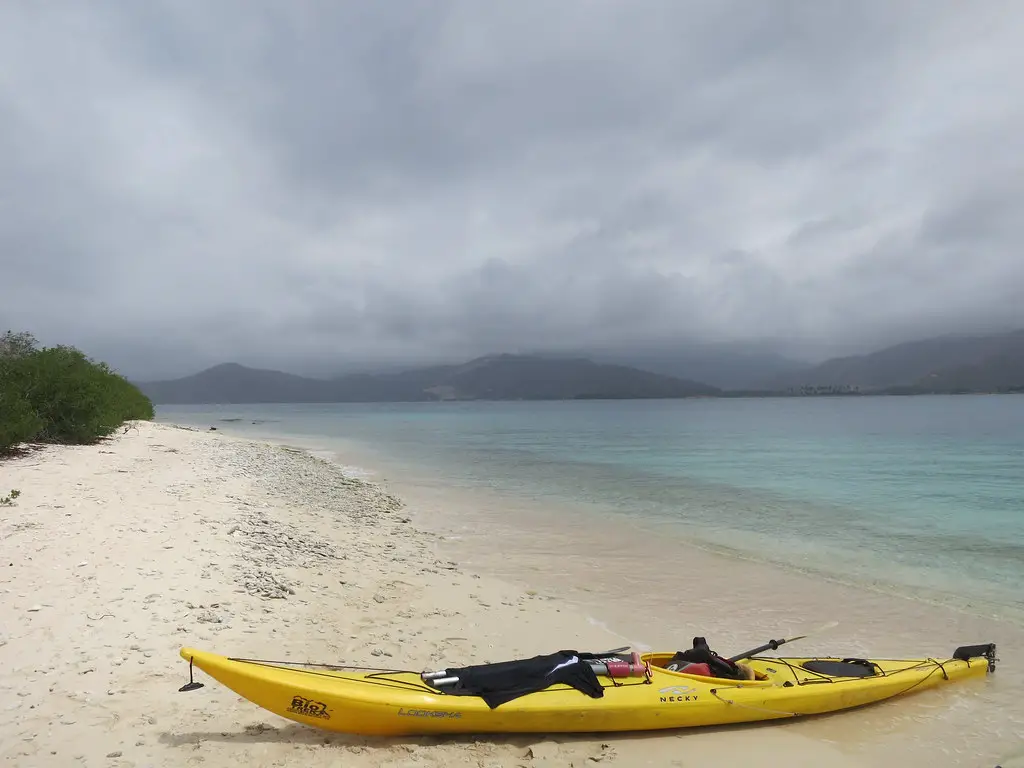
Parque Nacional San Esteban is a national park located in the central coastal region of Venezuela, covering an area of approximately 452 square kilometers.
What to see or do: The park is home to a diverse range of flora and fauna, including jaguars, pumas, and several species of monkeys. Visitors can enjoy hiking through the park’s beautiful forests and mountains, as well as birdwatching and camping.
There are also several rivers and waterfalls to explore.
Don’t miss: Don’t miss taking a cable car ride to the top of the park’s highest peak, Pico Oriental, which stands at an impressive 4,183 meters.
From the top, you can enjoy panoramic views of the surrounding mountains and coastline.
Insider travel tips: Be sure to bring warm clothing and sturdy hiking shoes, as temperatures can drop significantly at higher altitudes. It’s also recommended to bring plenty of water and sunscreen, as the sun can be quite strong.
If you’re interested in wildlife spotting, consider hiring a local guide to help you navigate the park and identify different species.
21. El Pinar
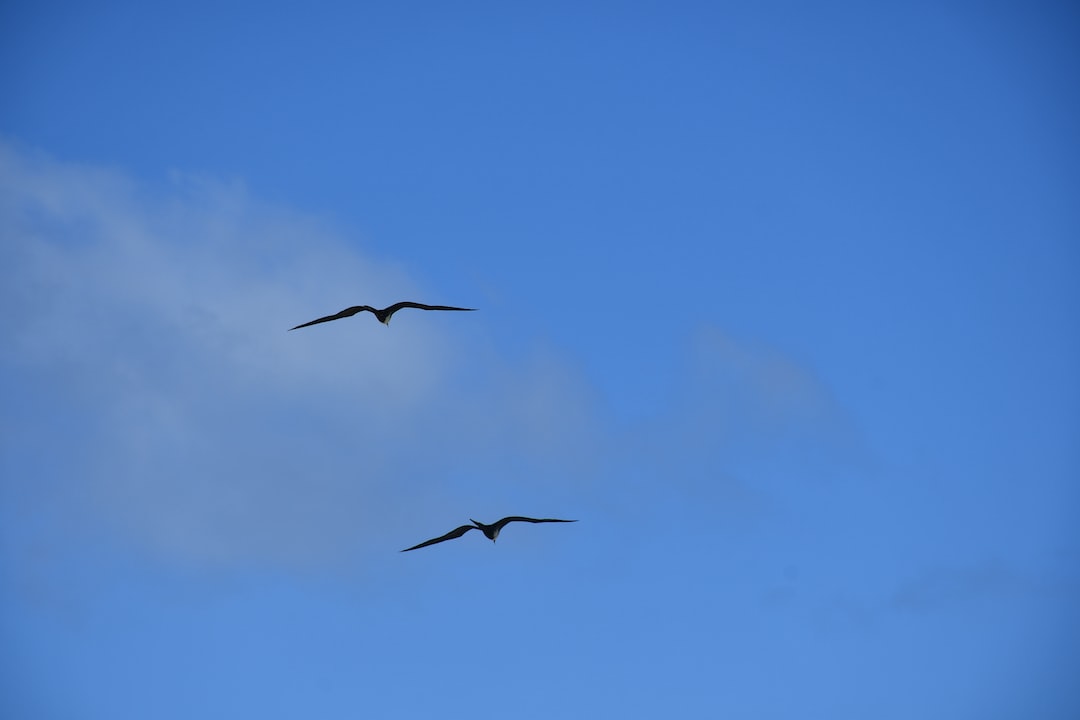
A scenic town located in the southeast corner of the island of El Hierro, Spain.
What to see or do: Visit the picturesque town center, take a hike through the lush pine forests, birdwatch in the nearby nature reserve, or enjoy a day at the beach.
Don’t miss: Checking out the Mirador de Jinama viewpoint for panoramic views of the town and surrounding mountains.
Insider travel tips: Consider renting a car to best explore the island’s rugged terrain and remote hotspots. Also, try the local goat cheese and wines for a taste of traditional Canarian cuisine.
22. Piedra del Cocuy
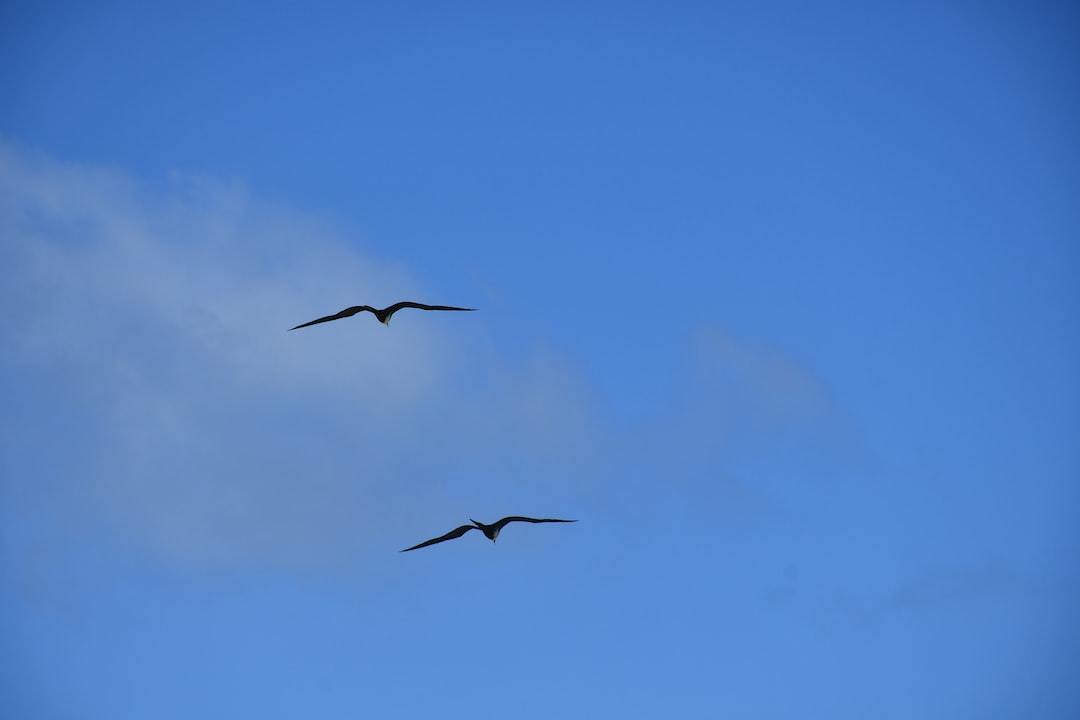
A stunning rock formation located in the Cocuy National Park in Colombia.
What to see or do: Hike or trek to the top of the rock formation for breathtaking views of the surrounding area. Visitors can also explore the national park and its abundant flora and fauna.
Don’t miss: The opportunity to witness the sunrise or sunset from Piedra del Cocuy, it’s a truly magical experience.
Insider travel tips: It’s recommended to hire a local guide for the hike, as the trail can be difficult to navigate. Additionally, be sure to bring warm clothing and appropriate footwear, as temperatures can drop significantly at higher altitudes.
23. Playa El Yaque
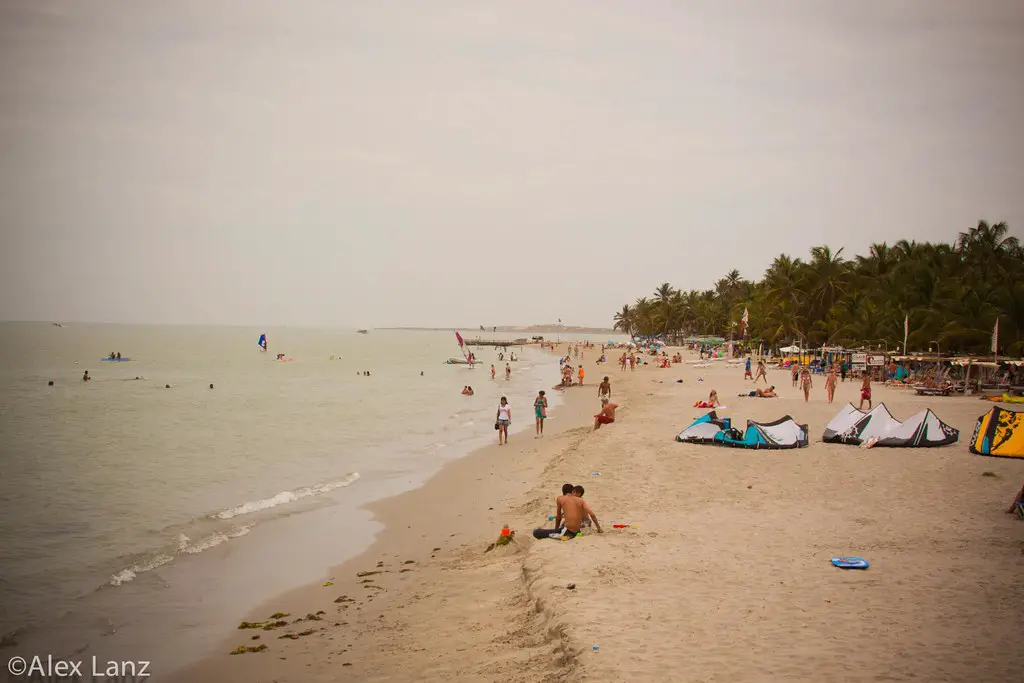
A popular beach in the southeast of the island of Margarita, Venezuela.
What to see or do: Playa El Yaque is well known for its calm waters and strong winds, making it a popular spot for windsurfing and kiteboarding.
Visitors can also enjoy swimming, sunbathing, and beach volleyball.
Don’t miss: The turquoise waters and sandy beach make for great photo opportunities. Sunsets at Playa El Yaque are also a must-see.
Insider travel tips: Bring sunscreen and a hat, as the sun can be strong. Be prepared for crowds during peak season (December to April) and on weekends.
There are restaurants and bars nearby, but prices may be higher than in other parts of the island. Parking can be a challenge, so arrive early or take a taxi.
24. Playa Medina
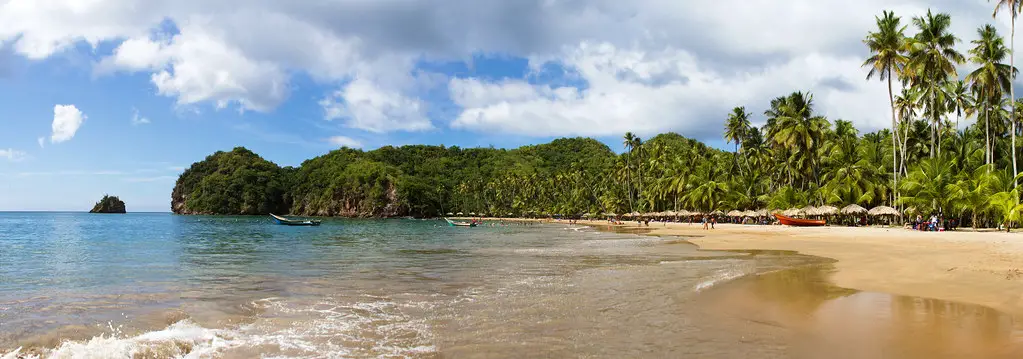
Pristine beach located in the Paria Peninsula in Venezuela.
What to see or do: Enjoy the clear blue water and white sand beach, go for a swim, sunbathe, and relax in the tranquil surroundings. Play beach volleyball or take a stroll on the beach.
Don’t miss: The view of the palm trees that line the back of the beach, the nearby freshwater river, and the stunning sunset.
Insider travel tips: Bring insect repellent as sand flies can be a nuisance. Pack a picnic lunch and plenty of water and snacks as there are no nearby restaurants or shops.
Stay until sunset for a breathtaking view.
25. Serpiente de Darién
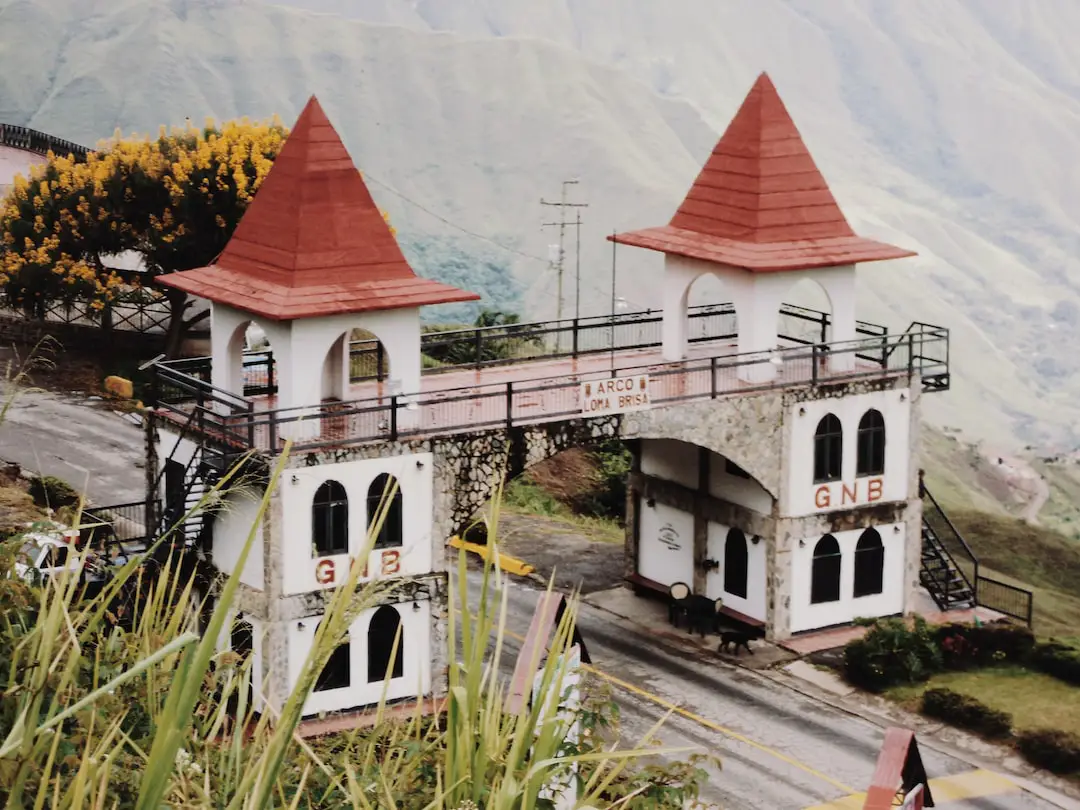
A remote and largely unexplored mountain range in the Darien Gap, located between Panama and Colombia.
What to see or do: The Serpiente de Darién is a haven for adventurous hikers and nature-lovers, with its rugged terrain, dense jungle, and diverse wildlife.
Visitors can explore the many hiking trails, which offer stunning views of the surrounding landscape, including cascading waterfalls, crystal-clear rivers, and lush forests.
Don’t miss: The Serpiente de Darién is home to a wide range of animals, including jaguars, pumas, monkeys, and hundreds of species of birds.
Don’t miss the chance to spot these magnificent creatures in their natural habitat!
Insider travel tips: The Serpiente de Darién is a challenging destination, and visitors should ensure they are properly prepared before embarking on any hikes.
It is recommended to book with a reputable tour guide or agency, and to always check the latest travel advisories before planning a trip to the area.
Additionally, due to the remote nature of the region, visitors should be prepared to camp and bring their own supplies.
26. Playa Colorada
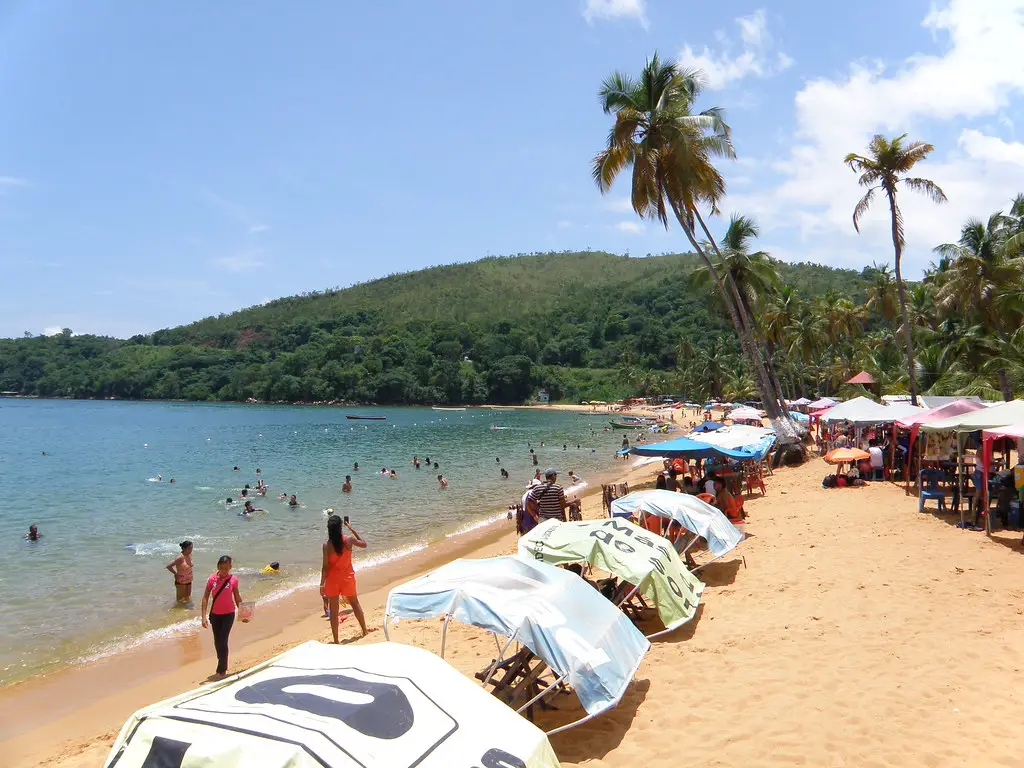
Playa Colorada is a breathtaking red sand beach located in Las Galeras, Dominican Republic.
What to see or do: Visitors can enjoy swimming, sunbathing, beachcombing, and taking in the stunning scenery. The water is crystal clear and perfect for snorkeling.
Don’t miss: Watching the stunning sunset against the backdrop of the red sand beach is a must-see experience.
Insider travel tips: The beach can only be accessed by foot or boat, so wear comfortable shoes if you’re hiking. Additionally, bring plenty of sunscreen and water as shade is limited.
Also, be aware of the strong currents and rough waves.
27. Salto ParaÃso
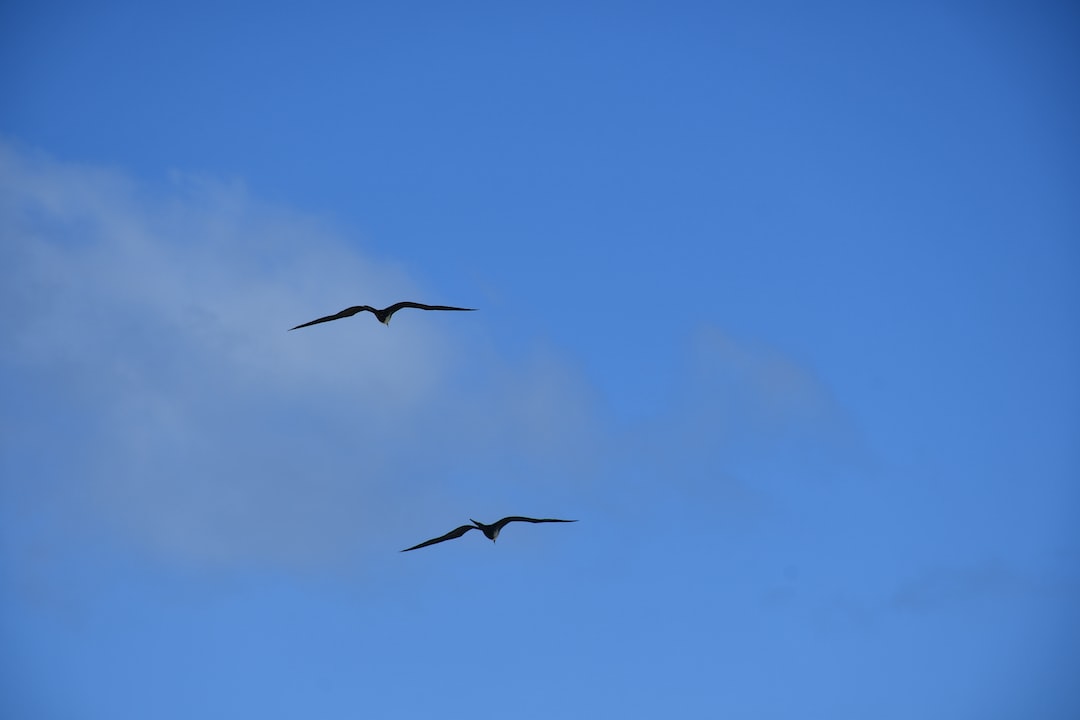
Salto Paraíso is a stunning waterfall located in the region of Pucon, Chile.
What to see or do: Visitors can take a hike to the waterfall and enjoy the refreshing natural pool at the base of the falls.
Don’t miss: Don’t miss the opportunity to take a dip in the crystal-clear waters and admire the breathtaking views of the waterfall.
Insider travel tips: – It’s recommended to wear comfortable shoes and bring a swimsuit.
28. Paseo Los Próceres

A pedestrian boulevard in Caracas, Venezuela named after the country’s national heroes.
What to see or do: Take a leisurely stroll down the tree-lined walkway and admire the statues and monuments of Venezuela’s most renowned historical figures, including Simón BolÃvar and Francisco de Miranda.
Don’t miss: The impressive “Plaza Venezuela” fountain, which features a massive sculpture depicting the journey of the hero El Libertador.
Insider travel tips: Visit during the daytime as the area can be less safe at night. Enjoy some of the food stalls close to the boulevard and try some traditional Venezuelan snacks.
29. Guiana Highlands
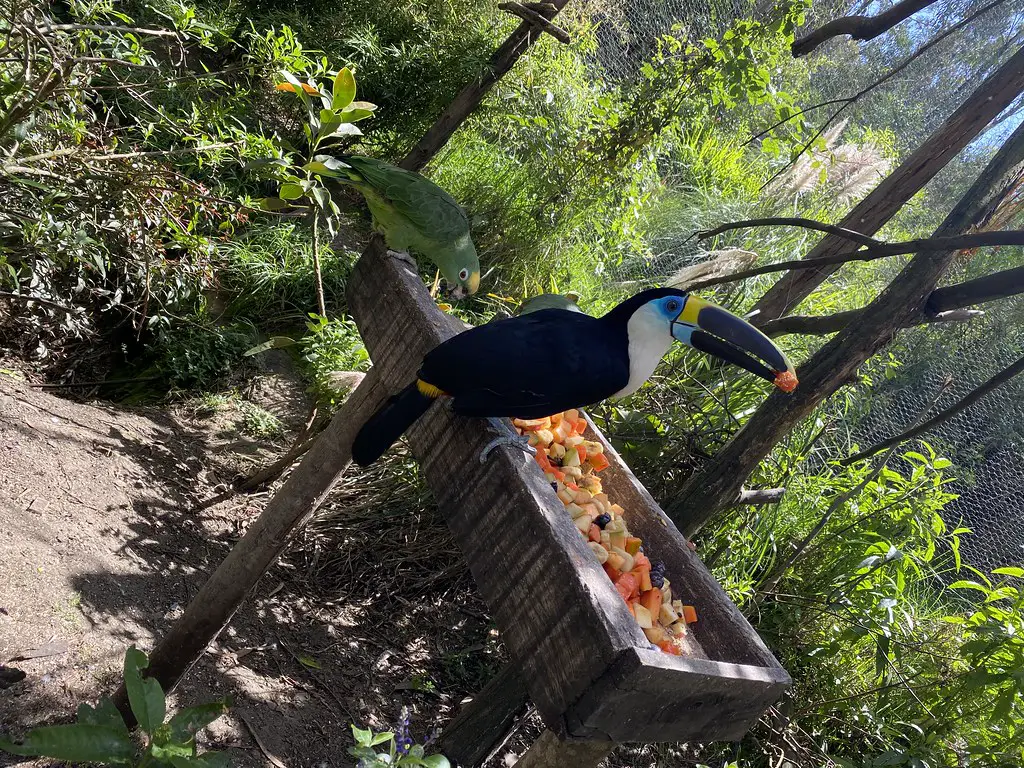
The Guiana Highlands is a geological formation located in northeastern South America, encompassing parts of Venezuela, Guyana, Suriname, French Guiana, and Brazil.
What to see or do:
Don’t miss:
Insider travel tips: – It’s best to visit during the dry season, from December to April, to avoid heavy rains and flooding.